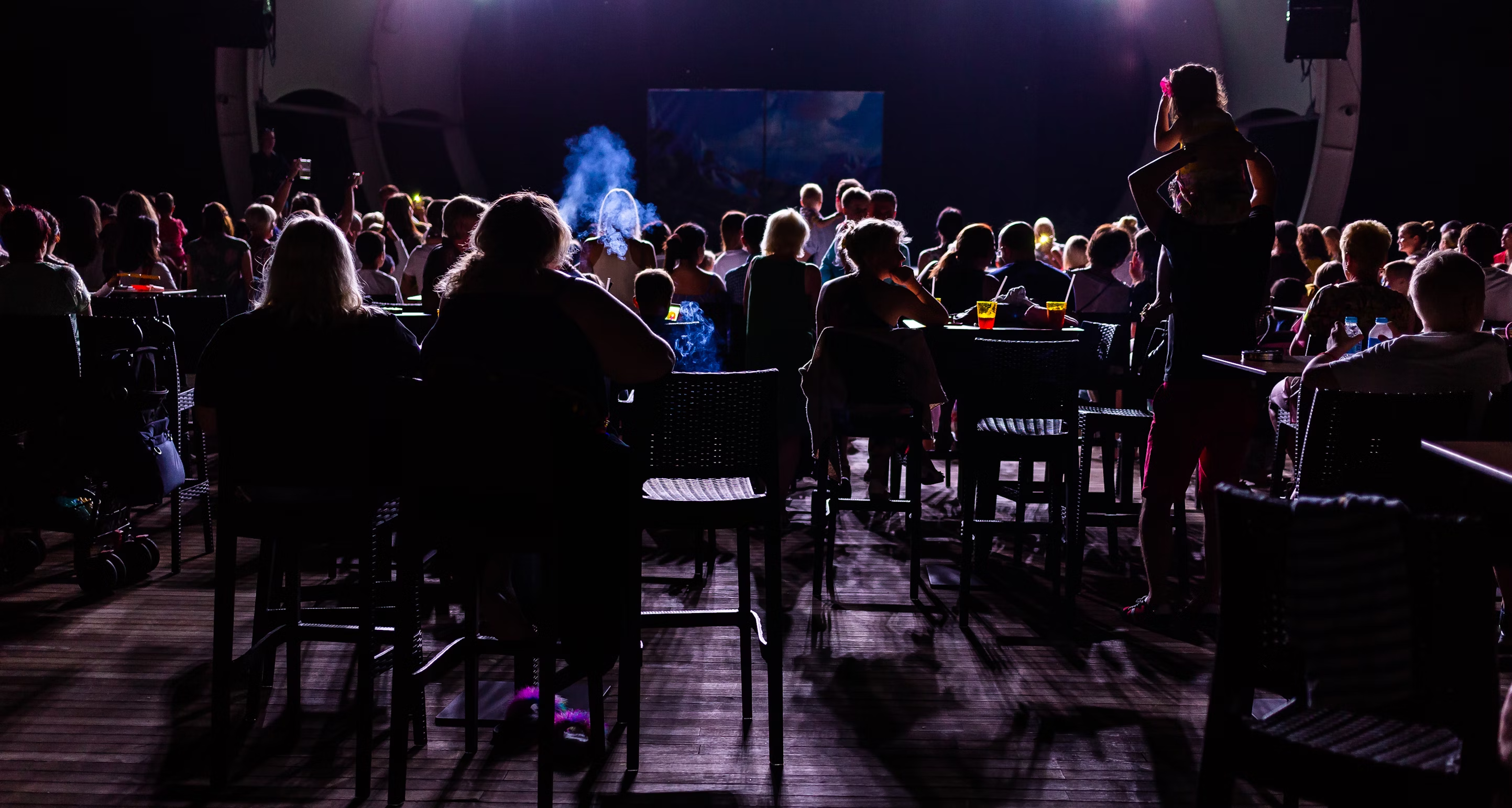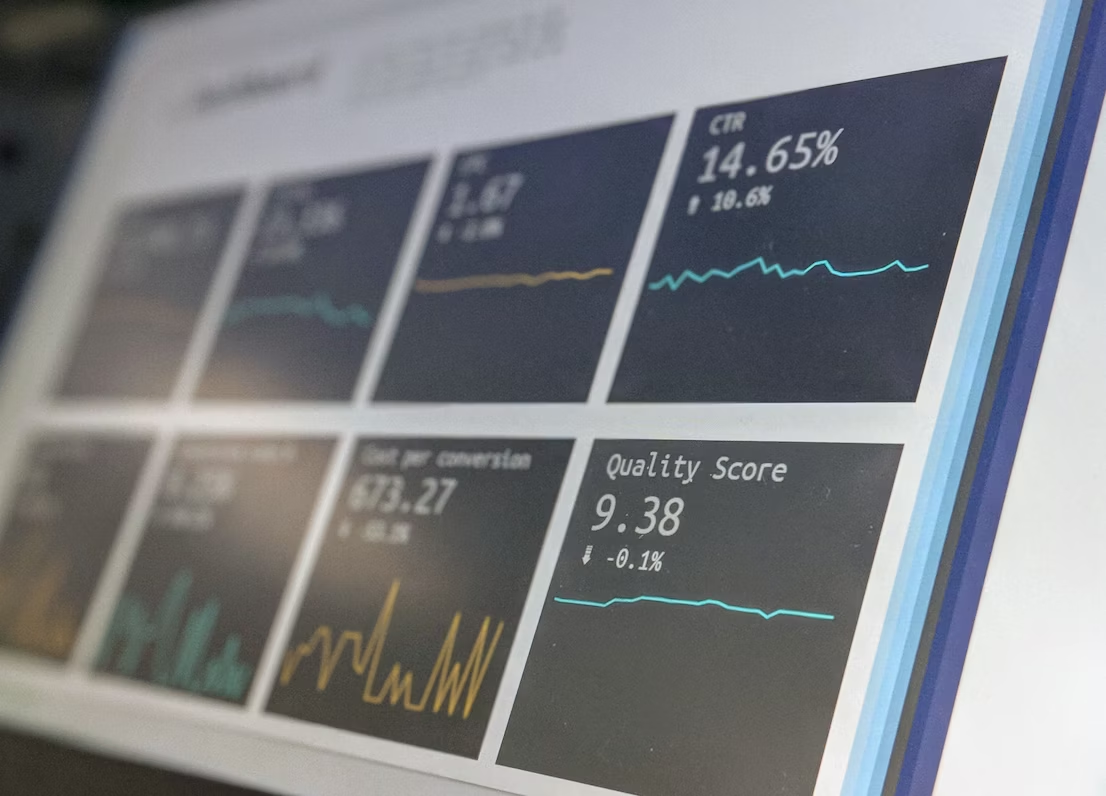When you think about the world of theatre, the first things that may come to your mind are probably compelling performances, dramatic narratives, and the magical ambiance that a well-created set can offer. But, have you ever thought about the role of scenography and how it interacts with something as seemingly simple as surtitles? It's a fascinating aspect of theatre that often goes unnoticed, yet it significantly impacts the audience's experience. In this blog, we'll explore how to make scenography adjustments in theatre show with surtitles to enhance viewer engagement and enjoyment.
1. Assess the Existing Scenography Layout
The first step in adjusting scenography in a theatre show with surtitles is to take a good look at your existing scenography layout. This initial step will help you build a solid foundation for the adjustments you'll need to make later on.
- Examine the set: Start by taking a comprehensive inventory of your set elements. Look at the size, shape, and location of each piece. Is there a massive backdrop that takes up the entire stage? Are there smaller pieces scattered across the stage? Consider how each element contributes to the overall aesthetic and narrative of the show.
- Consider the lighting: Lighting is a critical aspect of scenography. It not only sets the mood but also ensures that the audience can clearly see the action on stage. Pay attention to where the lights are set up, their intensity, and how they affect different parts of the set.
- Reflect on the overall impression: It's not just about the individual pieces of the set or the lighting. What impression does the whole set give? Is it visually cluttered, or does it have a clean, minimalist aesthetic? This overall impression will affect how you incorporate surtitles into your scenography.
Remember, the goal is to make scenography adjustments in theatre show with surtitles without compromising the artistic integrity of the set or the performance. It's a balancing act, and your initial assessment will give you a clear roadmap for the changes that need to be made. But, you might be wondering, where should those surtitles go? That's what we'll explore next.
2. Identify Surtitle Placement for Optimal Visibility
After assessing the existing layout, the next step is to find the best location for your surtitles. You might be wondering, "Isn't that pretty straightforward? Just stick them at the top, right?" Not so fast! Let's delve into this a bit deeper.
- Size of the stage: Your stage's size will significantly influence where you can place your surtitles. If you're working with a larger stage, you have a bit more flexibility. However, on a smaller stage, you'll need to be strategic to ensure that the surtitles are visible without distracting from the performance.
- Type of performance: Consider what type of performance you're staging. A fast-paced action play would require the surtitles to be easily seen but not distracting. Simultaneously, a slower-paced, dialogue-heavy performance might allow for surtitles to be more prominent.
- Audience line of sight: This is key. Where will your audience be looking most often? You want to place your surtitles where the audience can easily glance up to read without taking their attention away from the action on stage.
Identifying the ideal surtitle placement is a vital part of making scenography adjustments in a theatre show with surtitles. Once you have a good handle on where your surtitles will go, it's time to get down to making those adjustments. And that's exactly what we're going to dive into next.
3. Adjust Scenography Elements to Accommodate Surtitles
Once you've identified where your surtitles will be placed, it's time to roll up your sleeves and make the necessary scenography adjustments. As with any good theatre show, it's all about the details. The same applies when incorporating surtitles into your scenography. Let's get right into it:
Focus on Visual Harmony
Your first concern when making scenography adjustments in a theatre show with surtitles should be maintaining visual harmony. You don't want your surtitles to stick out like a sore thumb. They should blend with the overall aesthetic of the set. So how do you accomplish this?
- Color and Font: Choose a color and font for your surtitles that complement the overall color scheme and style of your set design. If your set design is minimalist and modern, a sleek, simple font in a neutral color would work well. On the other hand, if your design is more ornate, you might opt for a more decorative font.
- Size: The size of the surtitles should be big enough to be easily read from the back of the theatre, but not so big that they overwhelm the set. It's a delicate balance, but one that's critical to get right.
Consider Lighting Adjustments
Lighting is another key element to consider when making scenography adjustments in a theatre show with surtitles. The last thing you want is for your surtitles to be washed out by stage lighting or, worse, to cast unwanted shadows on your actors.
- Lighting Position and Intensity: Adjust your lighting so that it highlights the action on stage without interfering with the surtitles. This might involve repositioning lights, adjusting their intensity, or even adding new ones.
- Projection Quality: Make sure the projector you're using for the surtitles is of high quality and bright enough to be seen clearly, even under stage lights.
With your scenography adjustments done, it's time to sit back and see how the audience responds. And that's what we'll explore in the next section. Get ready for the real test—the audience experience!
4. Evaluate Audience Experience Post-Adjustment
After all the hard work of making scenography adjustments in your theatre show with surtitles, it's finally time to see how the audience reacts. Remember, the ultimate goal here is to enhance the audience experience, so their feedback is invaluable. Let's jump into how to evaluate their response effectively.
Conduct Audience Surveys
Conducting surveys is an excellent way to evaluate the audience's experience. You can create a simple questionnaire asking about their experience with the surtitles and how they felt it impacted their understanding and enjoyment of the show.
- Pre and Post Show Surveys: You can hand out these surveys before and after the show. By comparing the two, you can see if their expectations were met and how their experience changed after watching the show.
- Online Surveys: If handing out physical surveys isn't feasible, online surveys are another great option. You can send them out via email or social media.
Analyze Audience Reactions
Another way to gauge the effectiveness of your scenography adjustments in the theatre show with surtitles is by observing and analyzing the audience's reactions during the show.
- Engagement: Look for signs of engagement like laughter, applause, and attentive silence. These are all positive indicators that the audience is connecting with the performance.
- Confusion: On the flip side, if you notice signs of confusion or distraction, it might suggest that the surtitles are not clear enough or are detracting from the performance.
Remember, every audience is different, and their feedback will be crucial in fine-tuning your scenography adjustments for future performances. So, keep an open mind, and don't be afraid to experiment. After all, theatre is all about creativity, isn't it?









